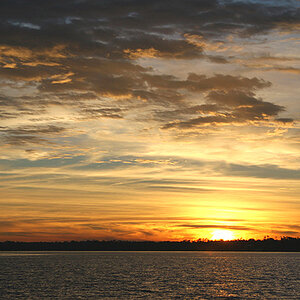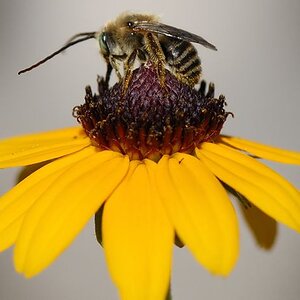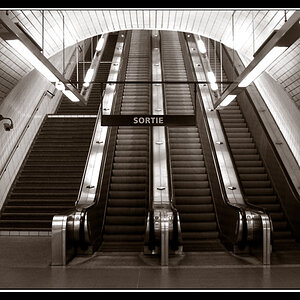maxbennett
TPF Noob!
this is my first tutorial, i hope it may inspire people to get involved in the skate scene, or help someone who's having troubles with their skate photography. feel free to add on or ask questions.
-max
how to take better skateboarding photos:
i've been shooting skate photos for a few years now, but not very often. here's 5 tips that might help out if you want to get into it, or all your photos turn out bad when you shoot:
1. shutter speed*
make sure the shutter speed is very fast (1/200 or faster), especially if the skater is going very fast. if it's too dark to have a small shutter speed, use a flash (it may seem too bright to have a flash, but it's vital to have a small shutter speed).
2. angle
make sure ahead of time where and what the skater is doing. plan out what the angle is, and don't move the camera*. make sure that the angle includes both the start, and the landing of the trick. don't be afraid to be in the way (not completely, but photos will often turn out better if the shot is low, and close to the landing), as long as you're standing up, and you have more then enough time to get out of the way. also: no butt-shots, and no heads cut off. it never hurts to ask the skater to pose where they're going to be to make sure your angle won't cut off their head.
note: a fisheye lens will help you out a LOT with your angle. it's almost a must in skate photography
3. timing
sometimes people spend all their time thinking about the angle and exposure and end up shooting the skater rolling up about to do their trick, or just about to land. if it's a trick in the air, make sure you shoot either
a) at their highest point
b) at the time they look the most "into their trick" (legs looking stretched/lanky, skateboard 3/4 finished the trick, etc. it may vary due to the trick). remember: skaters are very repetitive, so figure out where they look the best after a few photos, then just remember how much time after they pop that they look the best, so you can shoot by listening to them.
i find that if they're doing a grind, most of the time they look the best at the last second before they pop out. if they're doing a flip-to-grind, they often look the best just before they're going into it.
4. keep shooting
just because you got a good photo, don't give up, there's always a chance they'll pop it higher or whatnot, and it's always nice to have the photo where they actually land. this is where it's nice to have a digital. a whole roll of film for a single trick can start to put a dent in your wallet if you're shooting for a bunch of people.
5. be creative
don't be afraid to do something new. try experimenting with sequences, small depth-of-field's, b&w, different flashes/lights, shots of skate crews chilling while you're shooting the hot-shot, long lens shots of someone filming someone, etc. skateboarding is a whole different culture, and can make some amazing photographs.
*note: if you want to try something different, try setting the shutter speed higher (1/2 is usually the best), and move the camera along with them. this can be very hard to do, and will look bad most of the time. it has to be absolutely perfect. usually a slow-sync flash will do a better job.
-max
how to take better skateboarding photos:
i've been shooting skate photos for a few years now, but not very often. here's 5 tips that might help out if you want to get into it, or all your photos turn out bad when you shoot:
1. shutter speed*
make sure the shutter speed is very fast (1/200 or faster), especially if the skater is going very fast. if it's too dark to have a small shutter speed, use a flash (it may seem too bright to have a flash, but it's vital to have a small shutter speed).
2. angle
make sure ahead of time where and what the skater is doing. plan out what the angle is, and don't move the camera*. make sure that the angle includes both the start, and the landing of the trick. don't be afraid to be in the way (not completely, but photos will often turn out better if the shot is low, and close to the landing), as long as you're standing up, and you have more then enough time to get out of the way. also: no butt-shots, and no heads cut off. it never hurts to ask the skater to pose where they're going to be to make sure your angle won't cut off their head.
note: a fisheye lens will help you out a LOT with your angle. it's almost a must in skate photography
3. timing
sometimes people spend all their time thinking about the angle and exposure and end up shooting the skater rolling up about to do their trick, or just about to land. if it's a trick in the air, make sure you shoot either
a) at their highest point
b) at the time they look the most "into their trick" (legs looking stretched/lanky, skateboard 3/4 finished the trick, etc. it may vary due to the trick). remember: skaters are very repetitive, so figure out where they look the best after a few photos, then just remember how much time after they pop that they look the best, so you can shoot by listening to them.
i find that if they're doing a grind, most of the time they look the best at the last second before they pop out. if they're doing a flip-to-grind, they often look the best just before they're going into it.
4. keep shooting
just because you got a good photo, don't give up, there's always a chance they'll pop it higher or whatnot, and it's always nice to have the photo where they actually land. this is where it's nice to have a digital. a whole roll of film for a single trick can start to put a dent in your wallet if you're shooting for a bunch of people.
5. be creative
don't be afraid to do something new. try experimenting with sequences, small depth-of-field's, b&w, different flashes/lights, shots of skate crews chilling while you're shooting the hot-shot, long lens shots of someone filming someone, etc. skateboarding is a whole different culture, and can make some amazing photographs.
*note: if you want to try something different, try setting the shutter speed higher (1/2 is usually the best), and move the camera along with them. this can be very hard to do, and will look bad most of the time. it has to be absolutely perfect. usually a slow-sync flash will do a better job.


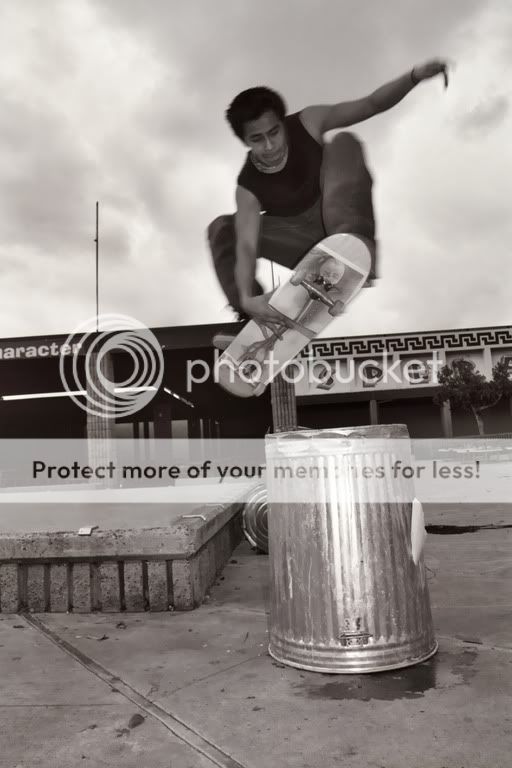
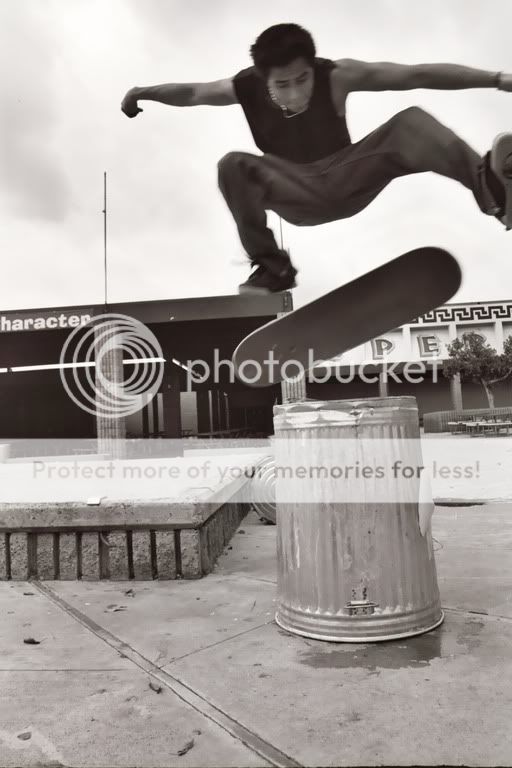

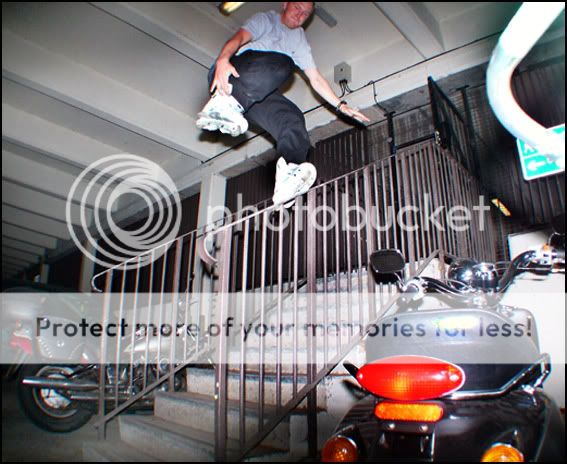
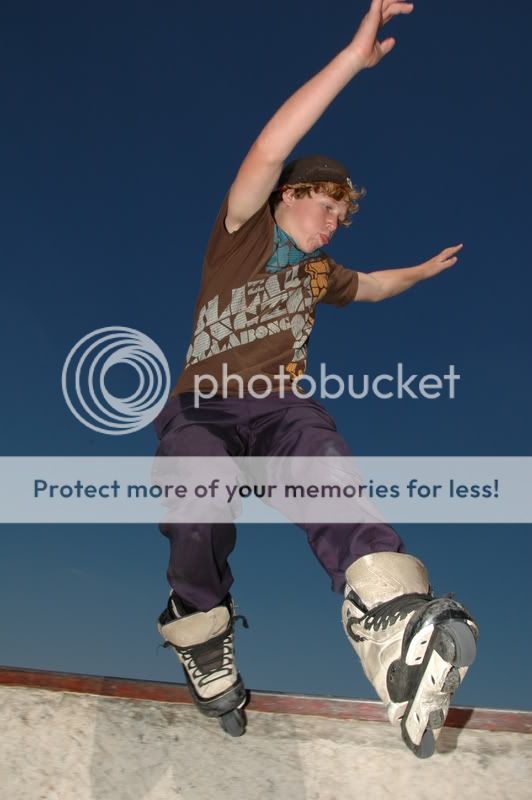
![[No title]](/data/xfmg/thumbnail/37/37113-886cb28b1e3fb197bdd00a9148269407.jpg?1619737882)
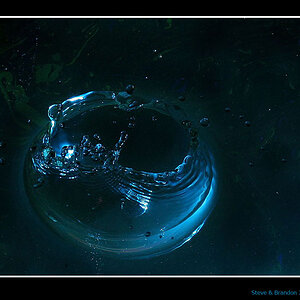
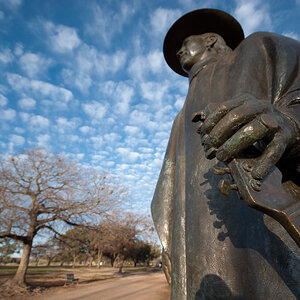
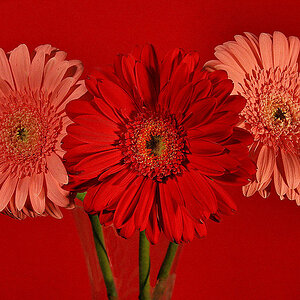
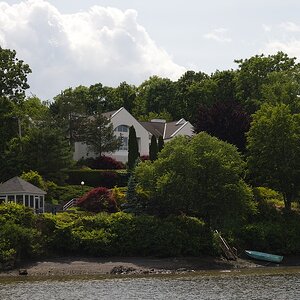

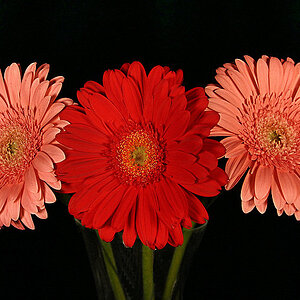
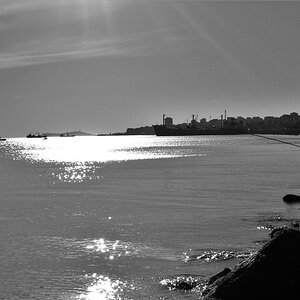
![[No title]](/data/xfmg/thumbnail/37/37115-e2d49d984453c62a2a20cf741e3d6679.jpg?1619737883)
